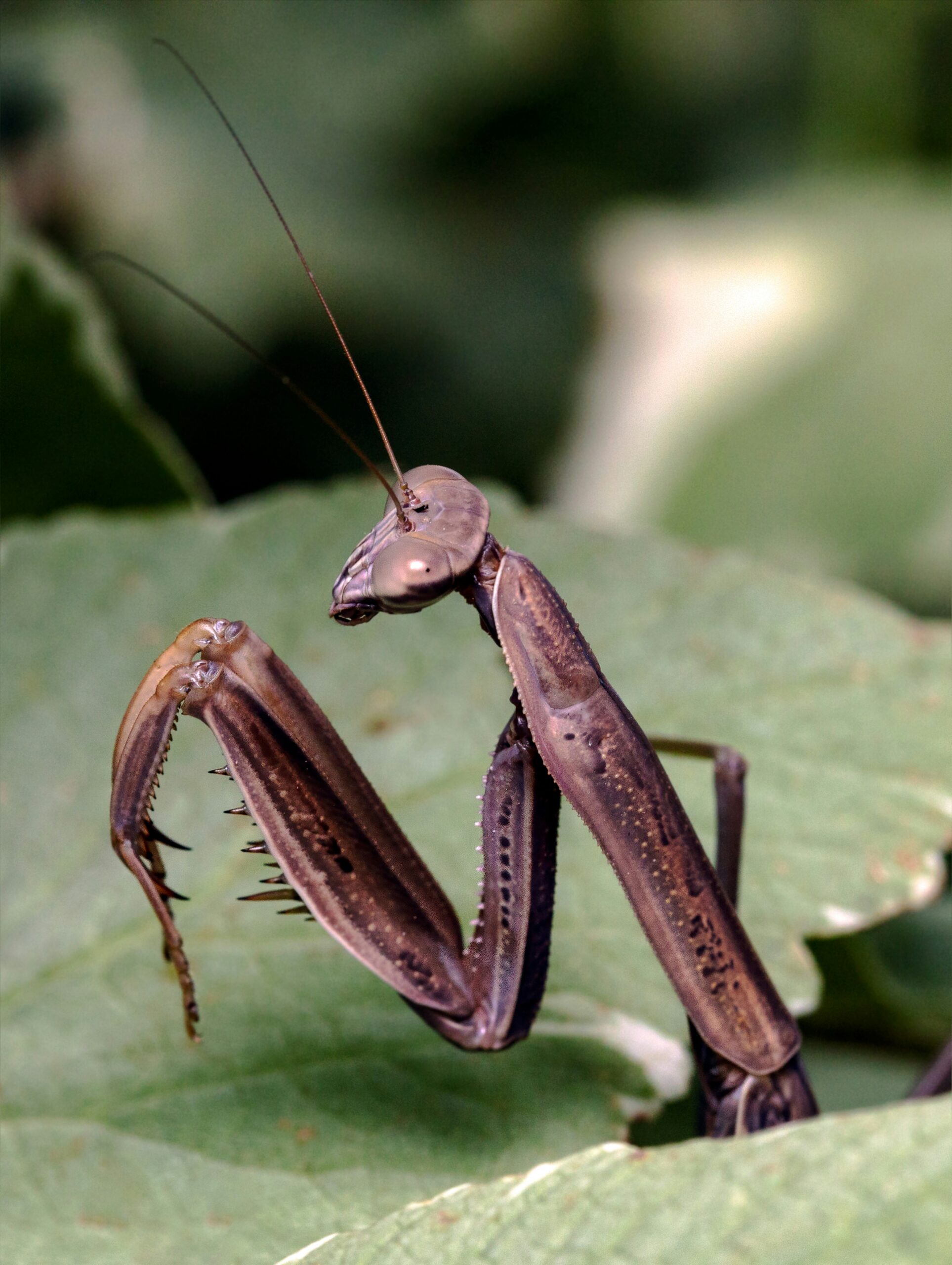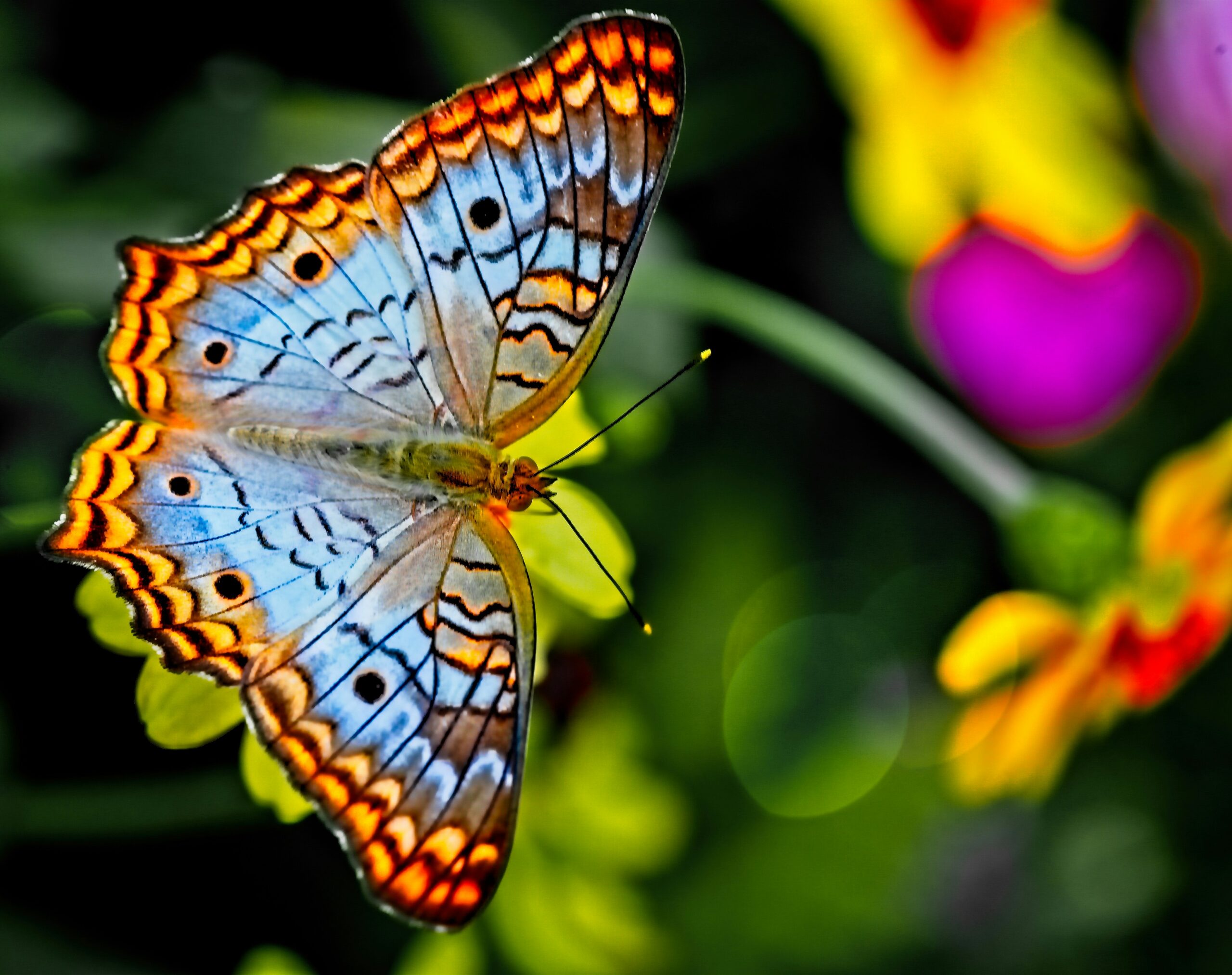Have you ever wondered if wearing camouflage outdoor gear could offer any protection against pesky insects? With the rise in popularity of camouflage clothing and accessories for outdoor enthusiasts, it’s a valid question to ponder. In this article, we will explore whether camouflage outdoor gear can provide any defense against those bothersome bugs that always seem to find their way into your adventures. So, grab your gear and let’s find out if blending in with nature can keep those insects at bay.

Understanding the Function of Camouflage Outdoor Gear
Defining camouflage outdoor gear
Camouflage outdoor gear refers to any type of equipment or clothing that is designed with camouflage patterns to help blend in with natural surroundings. This gear is commonly used by outdoor enthusiasts, hunters, and military personnel to remain hidden and undetected in their environment. The purpose of camouflage outdoor gear is to disrupt the visual perception of the wearer, making it harder for animals or other humans to spot them.
Exploring the range of camouflage gear products
The range of camouflage gear products is extensive and includes everything from clothing items such as jackets, pants, and hats, to accessories like backpacks, tents, and sleeping bags. These products are available in various camouflage patterns, each specifically designed to mimic different types of terrain, such as woodland, desert, or snow. In addition to clothing and accessories, there are also camouflage paints and blinds for added concealment.
The primary purpose of camouflage outdoor gear
The primary purpose of camouflage outdoor gear is to provide the wearer with a tactical advantage by blending in with their surroundings. By using patterns and colors that mimic the environment, camouflage gear reduces the chances of being detected by animals or other individuals. This is particularly important in hunting scenarios or military operations, where remaining unnoticed is crucial for success and personal safety. While camouflage gear is effective in visually concealing individuals, its direct impact on deterring insects is limited.
Examining the Role of Colour in Camouflage Gear
Understanding the concept of camouflage
Camouflage is the art of concealment by blending in with the surroundings. The concept is based on the principle that if an object or living being can match its color, pattern, or shape to the environment, it becomes less visible to other organisms. In the case of camouflage gear, the colors and patterns imitate the natural elements of the terrain, such as leaves, branches, or rocks, to create a visual illusion that helps the wearer become indistinguishable from their surroundings.
Role of different colors in outdoor gear
Different colors play a vital role in camouflage gear, depending on the specific environment the gear is intended for. Earth tones like browns, greens, and grays are commonly used as base colors, as they blend well in various natural landscapes. These colors help break up the silhouette of the wearer and make them harder to spot. However, the effectiveness of colors in camouflage against insects is limited, as insects primarily rely on other sensory cues, such as scent and heat, to locate their targets.
Effectiveness of camouflage colors against detection
Camouflage colors have proven to be successful in reducing the chances of visual detection by animals or human observers. The use of appropriate color patterns and tones can help create depth and disrupt the outlines of the wearer, making it much more challenging for the naked eye to spot them. However, it is important to note that while camouflage colors are effective against detection by large organisms, they have minimal impact on deterring insects, as insects primarily rely on other sensory cues, such as movement and chemical signals, to locate their prey or potential hosts.
Does Camouflage Gear Deter Insects?
Insects’ color perception abilities
Insects have various color perception abilities, which allow them to detect and respond to specific colors in their environment. While they may not perceive colors as humans do, insects can still differentiate between certain shades and use this information to guide their behaviors. However, insects’ color perception is primarily related to finding food sources and potential mates, rather than avoiding or being deterred by camouflage gear worn by humans.
Insect attraction to certain colors
Certain colors can attract insects, often because they resemble floral patterns or produce UV reflections that imitate the appearance of nectar-rich flowers. For example, many mosquitoes are attracted to dark colors like black or blue because they resemble the colors of their preferred hosts. However, it’s important to note that the primary factors attracting insects are movement, body heat, and the release of specific chemicals, rather than the color of the clothing or gear being worn.
Existing scientific studies on camouflage clothing and insects
Several studies have explored the impact of camouflage clothing on insect attraction and found that insects are generally not deterred by camouflage patterns or colors. In a study published in the Journal of Medical Entomology, researchers investigated the attractiveness of different clothing colors to mosquitoes and found that camouflage gear did not provide any significant protection against mosquito bites. The study concluded that factors such as heat and the production of body odors are more influential in attracting mosquitoes than the color of clothing.
Role of Material in Insect Protection
Different types of materials used in outdoor gear
Outdoor gear is made from a wide range of materials, each with its own properties and characteristics. Common materials used in outdoor gear include nylon, polyester, cotton, and synthetic blends. These materials are chosen for their durability, water resistance, breathability, and comfort. While the choice of material is important for overall performance, it does not directly contribute to insect protection unless specific treatments or coatings are applied.
Effectiveness of these materials against insects
Most outdoor gear materials do not provide inherent protection against insects. Insects can easily penetrate materials like cotton and even certain synthetic fabrics. However, some materials, such as tightly woven nylon or polyester, can impede insect penetration to some extent. Still, it’s important to note that the effectiveness of the material alone is limited, and additional measures such as insect repellents or treated fabrics may be necessary for optimal insect protection.
Special treatments to the material for insect protection
To enhance protection against insects, some outdoor gear manufacturers apply special treatments to their materials. These treatments may include insect repellent substances or coatings that deter insects from landing or biting. The most common insect-repellent treatment is permethrin, a synthetic version of a natural insecticide derived from chrysanthemum flowers. When applied to clothing or gear, permethrin provides prolonged protection against a variety of biting insects, such as mosquitoes and ticks.

Limitations of Camouflage Outdoor Gear Against Insects
Insect attraction towards humans
Despite the visual concealment provided by camouflage outdoor gear, insects are still attracted to humans for various reasons. Their attraction is primarily based on factors such as body heat, carbon dioxide emissions, and the release of specific body odors. These sensory cues are more influential in guiding insects towards potential blood hosts or food sources, rather than visual detection based on the color of the clothing being worn.
Range of insect species unaffected by camouflage
Not all insect species rely on visual cues to locate their targets. While camouflage gear may be effective against larger organisms that rely on visual perception, it has minimal impact on insects that primarily rely on other sensory cues, such as heat, chemical signals, or movement. Therefore, it is important to use additional measures, such as insect repellents or appropriate clothing strategies, to maximize protection against insects.
Other factors contributing to insect attraction
Apart from color and visual perception, insects are influenced by various other factors when it comes to attraction. Carbon dioxide emissions from breathing, body heat, body odor, and sweat are some of the main factors that can attract insects. These factors are not directly affected by camouflage outdoor gear and must be managed using other methods such as proper hygiene, using repellents, and avoiding bug-prone areas.
Other Ways to Protect Against Insects Outdoors
Use of insect repellent products
One of the most effective ways to protect against insects outdoors is by using insect repellent products. These products, such as sprays, lotions, or wipes, contain chemicals like DEET or picaridin that repel insects and prevent them from landing or biting. Applying insect repellent to exposed skin and clothing can provide a layer of protection that complements the use of camouflage gear.
Techniques for avoiding bug-prone areas
Avoiding bug-prone areas is another effective strategy to minimize the risk of insect bites. Insects are more abundant in certain environments, such as stagnant water, dense vegetation, or areas with high humidity. By avoiding these areas or taking extra precautions, such as camping in open areas or using mosquito nets, you can significantly reduce your exposure to insects.
Appropriate clothing strategies
Choosing the right clothing strategies can also help protect against insects. Wearing long sleeves, pants, and socks can minimize exposed skin and reduce the chances of insect bites. Additionally, opting for light-colored clothing can make it easier to spot crawling insects and reduce their likelihood of landing on you. While camouflage gear may not directly repel insects, combining it with appropriate clothing strategies and insect repellents can provide effective protection.

Insect-Repelling Outdoor Gear
Performance clothing with built-in insect resistance
In response to the need for insect protection, some manufacturers have developed performance clothing with built-in insect resistance. These clothing items are specifically designed to repel insects, including mosquitoes, ticks, and other biting insects. They utilize fabrics treated with insect-repellent substances, such as permethrin, to provide long-lasting protection against insect bites.
Comparison of these products with regular camouflage gear
When comparing insect-repelling outdoor gear with regular camouflage gear, there are several key differences to consider. Insect-repelling gear is specifically designed to deter insects and offers a higher level of protection compared to regular camouflage gear. It often incorporates specialized fabrics and treatments that repel insects, providing an additional layer of defense. Regular camouflage gear, on the other hand, focuses primarily on visual concealment and does not directly repel or deter insects.
Effectiveness and limitations of insect-repelling gear
Insect-repelling gear can significantly reduce the risk of insect bites and associated diseases. By incorporating insect-repellent substances into the fabric, these clothing items create an effective barrier against biting insects. However, it is important to note that no method of protection is 100% foolproof. Insect-repelling gear may still have limitations, such as limited coverage areas or decreased efficacy over time, particularly if not properly cared for or washed.
The Science Behind Insect-Repelling Clothing
Chemicals used in insect-repelling clothing
The chemicals commonly used in insect-repelling clothing, such as permethrin, are synthetic versions of natural insecticides. Permethrin is the most widely used insect-repellent substance and has been proven effective against a range of biting insects, including mosquitoes and ticks. It works by disrupting the nervous system of insects, ultimately leading to their repulsion or death. These chemicals are typically applied during the manufacturing process and adhere to the fabric, providing long-lasting protection.
Safety and effectiveness of these chemicals
The use of insect-repelling chemicals in clothing has been extensively studied and deemed safe for humans. Permethrin-treated clothing is considered safe for direct skin contact and does not pose a significant health risk when used as directed. However, it is still recommended to follow the manufacturer’s instructions and take necessary precautions, such as avoiding contact with the eyes or ingesting the fabric. In terms of effectiveness, permethrin-treated clothing has consistently shown to repel and reduce insect bites, making it a reliable option for insect protection.
How different insects respond to these chemicals
Different insects have varying sensitivity to insect-repelling chemicals, such as permethrin. While mosquitoes and ticks are highly repelled by these substances, other insects may not be as affected. For example, biting flies or ants may show some resistance to certain insect repellents. However, permethrin-treated clothing still offers a significant reduction in the overall number of insect bites, providing a higher level of protection compared to regular clothing.
Comparing Camouflage Gear and Insect-Repelling Gear
Protection provided by both types of gear
When comparing camouflage gear and insect-repelling gear, it is important to consider the primary purpose and intended protection offered by each. Camouflage gear focuses on visual concealment, providing a tactical advantage by blending the wearer with the surroundings. This type of gear is effective against visual detection by animals or human observers. Insect-repelling gear, on the other hand, primarily focuses on repelling and reducing insect bites. While camouflage gear indirectly reduces the chances of insect bites by visually concealing the wearer, insect-repelling gear offers direct protection against biting insects.
Assessing the environmental impact
Both camouflage gear and insect-repelling gear have environmental considerations. Camouflage gear is typically made from synthetic materials, such as nylon or polyester, which are derived from fossil fuels and can contribute to environmental pollution during the manufacturing process. On the other hand, insect-repelling gear often incorporates chemicals in its fabrics, which may have environmental implications if not properly disposed of or if the treated clothing is washed off into water systems. It is important for manufacturers and users of both types of gear to prioritize sustainability and minimize their environmental impact.
Cost and longevity comparison
In terms of cost, regular camouflage gear is generally more affordable compared to insect-repelling gear. The price difference is mainly due to the additional manufacturing processes, specialized materials, and treatments involved in producing insect-repelling gear. However, when considering longevity, insect-repelling gear may offer better value for money. Regular camouflage gear may need to be replaced more frequently due to wear and tear, whereas properly cared for insect-repelling gear with high-quality treatments can provide long-lasting protection over extended periods.
Suitability depending on outdoor activities
The suitability of either camouflage gear or insect-repelling gear ultimately depends on the specific outdoor activities and the expected insect exposure. Camouflage gear is well-suited for activities such as hunting, wildlife photography, or military operations, where remaining hidden and undetected is crucial. Insect-repelling gear, on the other hand, is ideal for activities in insect-prone areas or when the risk of insect-borne diseases is high, such as camping, hiking, or traveling to tropical regions. Choosing the appropriate gear based on the intended activity and the prevalent risks will ensure optimal protection and comfort.
Personal Stories and Experiences
Firsthand accounts of effectiveness
Numerous individuals have shared their firsthand accounts of the effectiveness of camouflage gear and insect-repelling gear. Many hunters and military personnel attest to the advantages of camouflage gear in remaining concealed and undetected during their activities. Similarly, outdoor enthusiasts and travelers have reported the effectiveness of insect-repelling gear in reducing the number of insect bites and providing added peace of mind. Personal experiences can provide valuable insights into the practical applications and benefits of both types of gear.
Field tests and performance
Field tests are conducted to evaluate the performance and functionality of camouflage gear and insect-repelling gear in real-world conditions. These tests measure various factors, including concealment, durability, repellency, and comfort. Field tests involve wearing the gear over an extended period, observing insect attraction, and assessing the overall performance. The results of these tests can offer objective data and feedback on the gear’s performance in different scenarios, helping inform potential buyers about their suitability and effectiveness.
Feedback from product users
Feedback from individuals who have used camouflage gear or insect-repelling gear can provide valuable insights into the pros and cons of specific products. User reviews can highlight the gear’s durability, comfort, repellency, and overall effectiveness. Positive feedback can help identify reliable brands and products, while negative feedback can shed light on potential issues or limitations. Taking into account the experiences and feedback of other users can assist in making informed decisions and selecting the most suitable gear for specific needs.
In conclusion, camouflage outdoor gear serves its primary purpose of providing visual concealment in outdoor settings, primarily in hunting and military operations. However, the direct impact of camouflage gear on deterring insects is limited, as insects rely on other sensory cues like heat and movement to locate their targets. Insect protection primarily relies on other measures such as insect repellents, avoidance of bug-prone areas, and appropriate clothing strategies.
Insect-repelling gear, on the other hand, offers direct protection against insects by utilizing fabrics treated with insect-repellent substances like permethrin. This gear is designed specifically to repel biting insects and reduce the risk of insect-borne diseases. However, it is important to note that no method of protection is 100% foolproof, and factors like environmental impact, cost, and activity suitability should be considered when choosing between camouflage gear and insect-repelling gear.
Personal stories, field tests, and user feedback can provide valuable insights into the effectiveness and practicality of both types of gear. By combining the right gear, insect repellents, and other preventive measures, outdoor enthusiasts can enjoy their activities with minimized insect disruption and enhanced protection.

